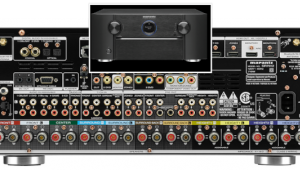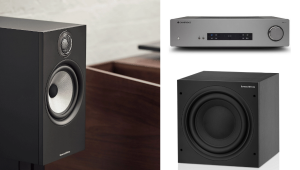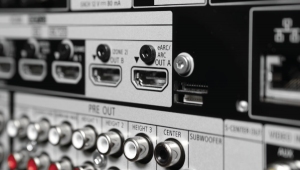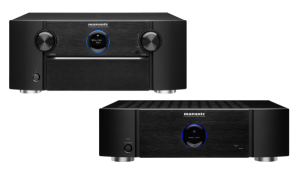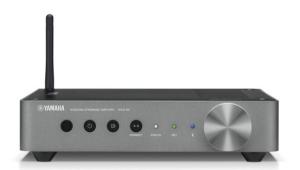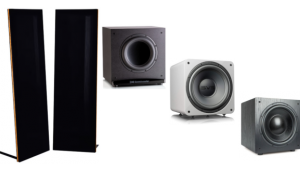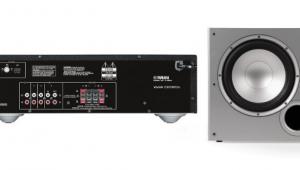What Is a Home Theater Bypass?
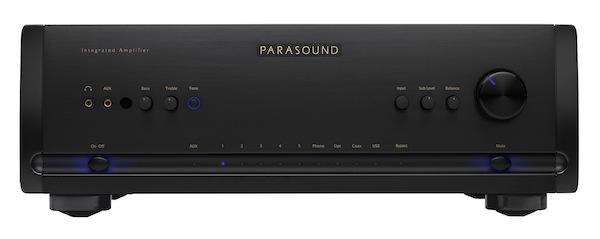
Q I have a Denon A/V receiver hooked up to a 5.1-channel speaker system. The setup works fine for movies, but every now and then I want to listen to good ol’ stereo recordings ( I have a modest collection of CDs stored as Apple lossless audio files). I am tempted to purchase a high-end integrated amp for just this purpose. Which gets me to my question: Can I hook both my receiver and the integrated amp up to my front L/R speakers? —Nick Gruin
A My advice: don’t. There are other, more elegant ways to do what you’re looking to do. Integrated amps with a home theater-bypass feature are a great option for those like yourself who want to integrate high-end stereo playback with a conventional surround sound receiver for movies.
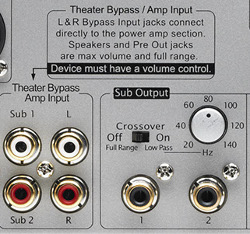 Basically, home theater-bypass is a stereo RCA jack input on an integrated amp or preamp that hooks up with the main left/right outputs on your A/V receiver. When you select this input, the signal will bypass the preamp’s gain controls, letting you use your integrated amp purely as a stereo amplifier without having to worry about adjusting volume when watching movies—the receiver’s own volume control takes over that function. Then, when you select other components connected to your integrated amp, such as a turntable, CD player, or external DAC, its volume control will operate normally.
Basically, home theater-bypass is a stereo RCA jack input on an integrated amp or preamp that hooks up with the main left/right outputs on your A/V receiver. When you select this input, the signal will bypass the preamp’s gain controls, letting you use your integrated amp purely as a stereo amplifier without having to worry about adjusting volume when watching movies—the receiver’s own volume control takes over that function. Then, when you select other components connected to your integrated amp, such as a turntable, CD player, or external DAC, its volume control will operate normally.
Integrated amps with a Home Theater Bypass feature range from the Marantz PM8005 ($1,200) and Music Hall a70.2 ($1,500), to Parasound’s Halo Integrated ($2,495) and the Musical Fidelity M6500I ($7,000). This is just a representative sampling; there are plenty more models out there for you to choose from.
